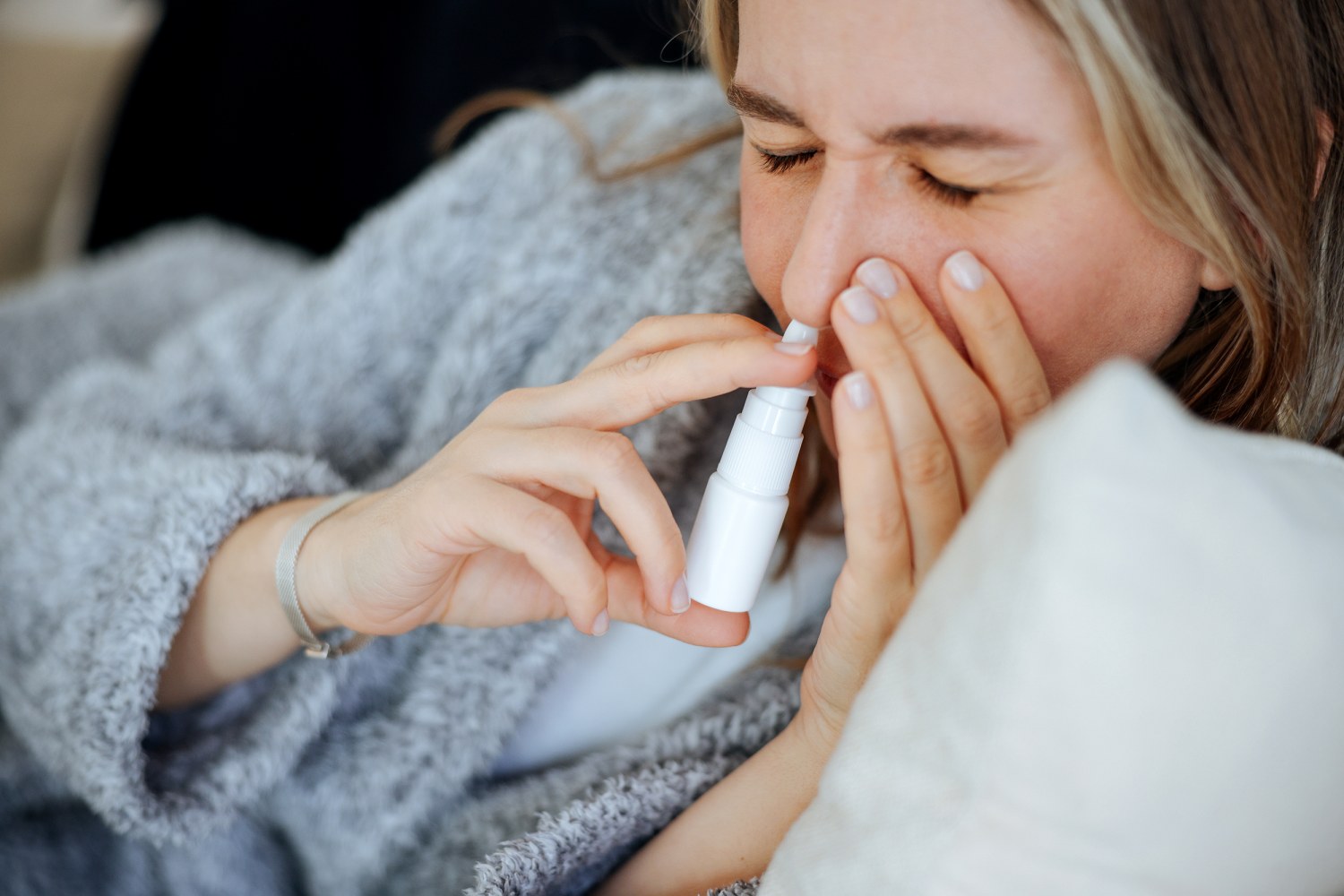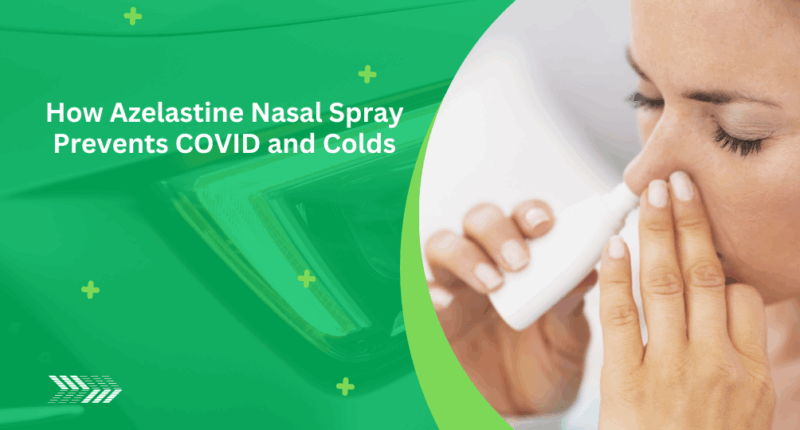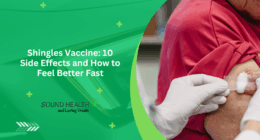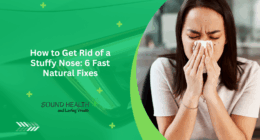- Azelastine nasal spray reduces COVID-19 infection risk by 69% and common cold infections by about 71%, based on clinical trial evidence.
- It offers a localized antiviral effect within the nasal passages, potentially blocking virus entry and slowing infection.
- Its use complements vaccination and other preventive measures but does not replace them.
- Side effects are generally mild and well-known, such as bitter taste and occasional nosebleeds.
- Ideal for individuals seeking layered protection during high exposure or vulnerable periods.
In the ongoing quest to prevent COVID-19 infections, a surprising new tool has emerged from an unlikely source—a common antihistamine nasal spray called azelastine. Recent clinical research has demonstrated that this widely accessible allergy medication may reduce the risk of contracting COVID-19 by an impressive 69 percent. At the same time, it appears to cut the likelihood of catching the common cold by 71 percent. Jobby John, PharmD, founder of Nimbus Healthcare and an Austin, Texas pharmacy owner, explains how azelastine nasal spray could offer a practical, user-friendly addition to the current preventive measures against respiratory viruses. Unlike vaccines that stimulate systemic immunity, azelastine targets the nasal passages—the viral gateway—to reduce infection chances through its antiviral and anti-inflammatory effects. This breakthrough reshapes how we think about daily protection from viral illnesses and provides new hope for easy-to-use, safe options in the fight against respiratory infections.

Azelastine nasal spray may reduce COVID risk by 69 percent
A new study in JAMA Internal Medicine found that participants who used azelastine nasal spray three times daily for 56 days had a 69 percent lower odds of contracting COVID-19. The spray also reduced the risk of rhinovirus infections, a common cold virus, by about 71 percent.
Imagine a commonly available nasal spray, already trusted for allergy relief, stepping up as a powerful ally against COVID-19 and the common cold. Recent clinical findings reveal that azelastine nasal spray, an over-the-counter antihistamine solution, may cut the risk of COVID-19 infection by nearly 70 percent, while also lowering cold infection chances significantly. Jobby John, PharmD, founder of Nimbus Healthcare and an experienced pharmacist from Austin, Texas, clarifies how this accessible treatment could become a valuable companion in respiratory health defense.
Understanding Azelastine Nasal Spray and COVID-19 Prevention
Azelastine is an antihistamine nasal spray widely used to alleviate allergies such as hay fever. Its role as a defensive agent against viral infections was uncovered in a rigorous, randomized, placebo-controlled clinical trial involving 450 healthy adults aged between 18 and 65. Participants used azelastine nasal spray three times daily over 56 days, compared against a placebo. The results were striking: only 2.2% of users contracted COVID-19 versus 6.7% in the placebo group, reflecting a 69% risk reduction. Additionally, azelastine delayed the onset of infection by around 12 days on average and also lowered symptomatic COVID cases, underscoring its potential beyond allergy relief.
How Does Azelastine Nasal Spray Compare to a COVID Shot?
While vaccines remain the frontline defense against COVID-19, azelastine nasal spray offers a complementary and accessible layer of protection. Unlike vaccines, which trigger systemic immune responses, azelastine acts locally within the nasal passages—one of the primary entry points for respiratory viruses—to block infection and reduce viral replication. It is important to note that azelastine nasal spray is not a substitute for vaccination but rather an adjunct tool, especially useful during high-risk situations like travel or crowded indoor events. Its ease of use and over-the-counter availability make it an attractive option for continual preventive care.
Potential Azelastine Nasal Spray Side Effects
Safety is paramount in any preventive treatment, and azelastine nasal spray has a well-established safety profile given its long use in allergy treatment. In the recent COVID-19 trial, side effects were mild and comparable to the placebo group. Common reactions included a bitter taste, occasional nosebleeds, and fatigue. Serious adverse events were rare and not linked to the nasal spray, reassuring users of its tolerability even when used over extended periods. However, as with any medication, individuals should monitor their reactions and consult healthcare providers if unusual symptoms arise.
Should You Try Azelastine Nasal Spray?
Considering the demonstrated benefits and minimal risks, azelastine nasal spray presents itself as a practical addition to respiratory health strategies. Those who are vaccinated but seek extra protection during peak viral seasons, or individuals who frequently encounter crowded environments, might consider its use. Nevertheless, it is crucial to recognize that preventive measures such as vaccination, masking in high-exposure situations, and good hygiene should remain foundational. Consulting a healthcare professional before starting azelastine nasal spray is advisable, especially for people with underlying medical conditions or those on other medications.
In sum, azelastine nasal spray’s emerging role in respiratory infection prevention marks an exciting advancement in public health tools. It leverages an existing, accessible medication to provide a new dimension of defense against COVID-19 and colds. With continued research and informed usage, it could enhance how communities manage viral threats efficiently and safely.
This understanding, explained by experts like Jobby John, PharmD, ensures that individuals can make educated decisions regarding their health while integrating new preventive options in a balanced, evidence-backed manner.
Also Read | How the Paleo Diet Fuels Weight Loss Without Hunger









